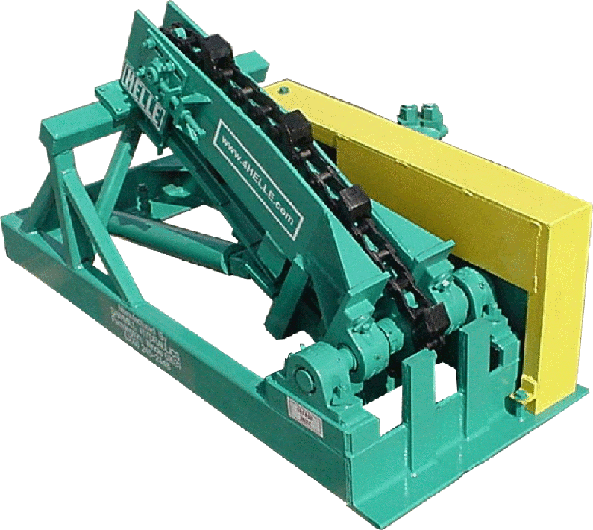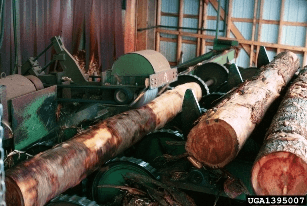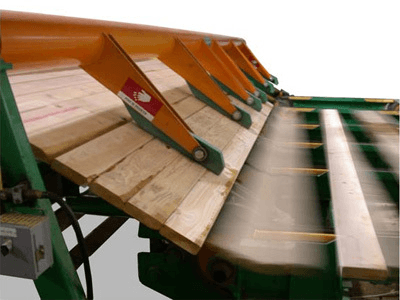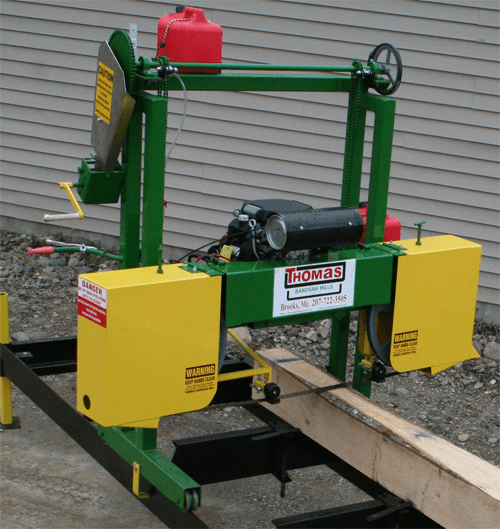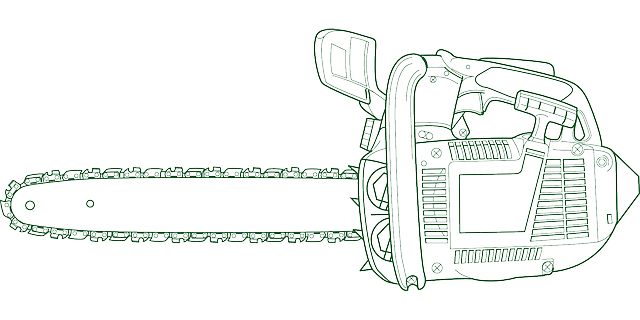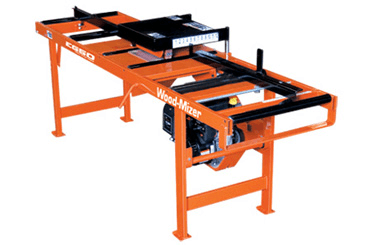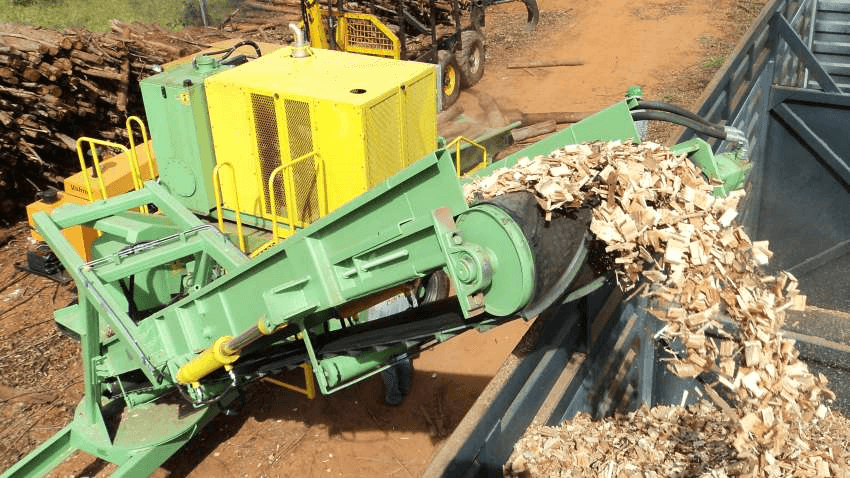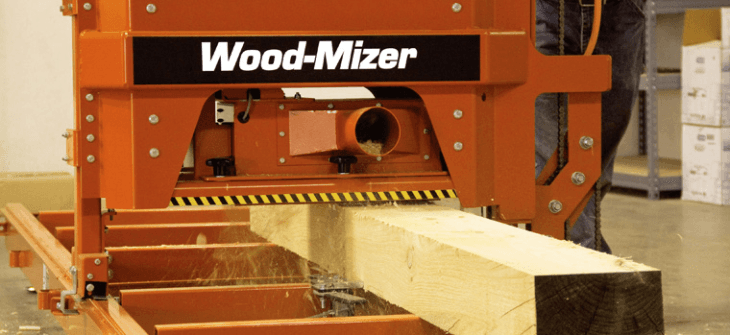PFC - Saw mills
Reduce your electricity costs

The APS-EMK series capacitor banks have been designed for power factor correction in networks with high fluctuating loads. The power variations are relatively quick (measured in milliseconds) and the operation is thus carried out by thyristors, which are connected to a voltage controller board, so that the connection and disconnection of the capacitor is carried out with zero voltage difference. Transients are prevented between the connection and disconnection of the steps, obtaining an immediate response to the load fluctuations.
See research project performed.
Lumber and sawmill equipment is used in sawmill, timber, and forestry applications. Sawmill equipment includes tools and machines to transport, position, cut, and otherwise aid in converting logs into lumber or other processed wood.
Sawmill Process
Sawmills are facilities that process logs into lumber. While modern mills are mostly automated, the fundamental sawmill process has changed little over the past several hundred years. Lumber mill operations are typically grouped into the steps listed below, although they may not occur in the identical order.
- Trees are felled and trunks are bucked into manageable lengths at the harvest site.
- A logging truck, train, or log drive transports logs to the sawmill facility.
- Logs are scaled before entering the mill, either in transport or just outside the facility. This involves measuring, inspecting for defects, and identifying the tree species for the purpose of tracking the volume of salable wood.
- A system of conveyors, cranes, and other material handling equipment moves the log into the mill. A debarker then strips the bark.
- The logs may then be decked, or sorted by parameters such as species, size, or intended end use.
- A band saw cuts small sections from the edges of the log's profile, as shown in the video below.
- A head saw (also known as a gang saw) breaks the log into cants and flitches. Cants are unfinished logs that require further processing, while flitches are unfinished planks.
- Cants are then broken down into multiple flitches using a resaw, a type of large band saw.
- An edger trims irregular edges to produce squared lumber. The flitch ends are trimmed to standard lumber lengths.
- A kiln or air-drying process removes naturally occurring moisture from the planks. A planer smooths the lumber surface to a uniform width and thickness. The lumber is then inspected, tagged, and shipped to market.
Sawmill Types
Sawmills may be classified by the type of wood they convert or the end product they produce.
Softwood mills convert softwood into lumber and other finished products. Softwood refers to timber from gymnosperm trees and does not necessarily denote a "softer" material. Cedar, pine, redwood, and fir are common softwood trees. Softwoods are commonly used in furniture and outdoor building materials.
Hardwood mills process ash, oak, maple, birch, and other angiosperm trees. Hardwood is preferred for woodworking, is often used in furniture-making, and is more expensive than softwood. Some hardwoods, such as mahogany and cherry, are prized for their attractive aesthetic qualities.
Stud mills are specialized mills that produce studs, which are vertical support members found in most building walls.
Pulp mills produce fiberboard by using specialized processes and equipment. Fiberboard is used in furniture-making or shipped to paper mills for further processing. Pulp mills debark pulpwood logs and grind them into small chips. The chips are rendered into a porridge-like pulp through steam treatment or digestion using chemical processes. Dried pulp is then cut, stacked, and shipped as fiberboard.
Equipment Types
Sawmills combine disparate equipment types to move logs to and from the mill, prepare them for processing, make cuts, and dispose of waste. The table below lists some common equipment categories and types.
Log Handling and Preparation
|
Stackers, log turners, sorters, and conveyors |
Used to transport and position logs before they are cut and processed. |
|
Equipment Type |
Description |
Image |
|
Log Handling and Preparation |
||
|
Stackers, log turners, sorters, and conveyors |
Used to transport and position logs before they are cut and processed. |
|
|
Debarkers |
Remove bark from a log before processing; drum, Rosser head, and ring types are common. |
|
|
Board feeders |
Pass boards to other equipment types and reduce operator interaction. |
|
|
Saws |
||
|
Bandsaw |
Blades consist of a continuous metal band attached to two or more wheels rotating on the same plane. Used to accommodate large logs and make cuts more precise than those done by circular saws. |
|
|
Gang saw |
Have multiple blades of a straight-band or circular type to cut logs into cants or make initial "starter" cuts. |
|
|
Chain saw |
Handheld saws typically used outside a mill to fell trees. |
|
|
Edger |
Straighten and smooth rough lumber and/or bowed stock by making cuts along the sides of the boards. |
|
|
Other Equipment |
||
|
Chipper |
Processes large chunks or pieces of wood into smaller bits for disposal or further processing. |
|
|
Planer |
Dresses and sizes rough-sawed lumber on one or more sides, planing boards to an even thickness. |
|
https://researchrepository.wvu.edu/cgi/viewcontent.cgi?article=1614&context=etd

